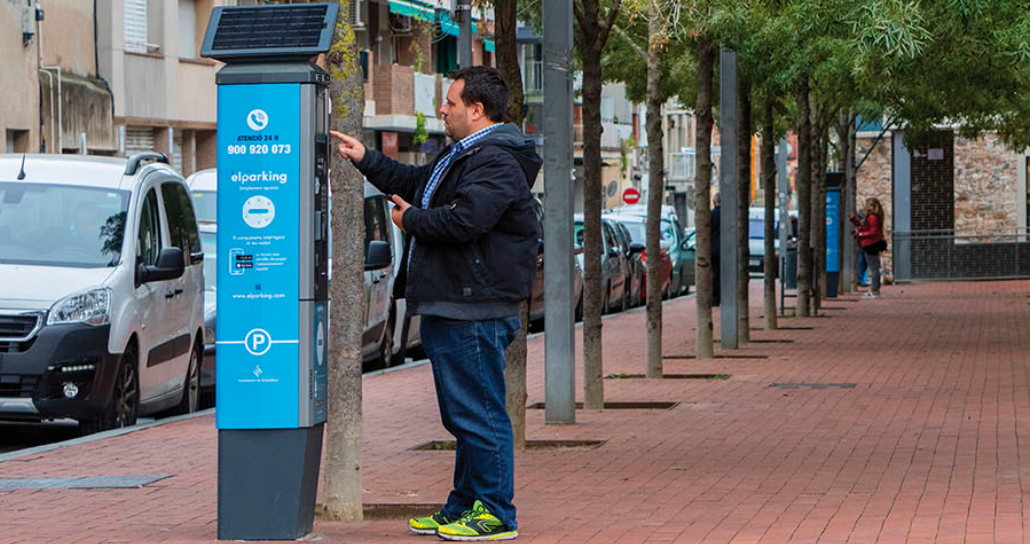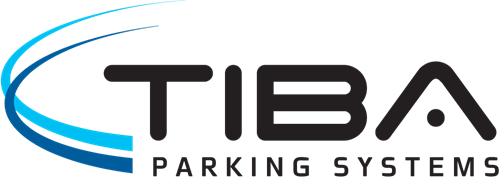Urbiotica: How to Alleviate Traffic Congestion in Cities with Regulated Parking

Sustainable urban mobility policies today must take into account all aspects of driving. A very important one is parking management and here some notes must be given on how to reduce traffic congestion in cities with smart parking.
What is smart parking? It is the use of advanced technologies to offer drivers a simple and satisfying driving experience to find parking in a short time and is intended to reduce agitation through technology and achieve the so necessary traffic fluidity in modern cities where there are mobility problems caused in part by fraudulent use of regulated spaces or a lack of parking infrastructure to meet vehicle demands.
And for this, smart parking, with technologies based on Artificial Intelligence, the Internet of Things (IoT) or real-time information management, shapes solutions aimed at improving parking and mobility, among which the following fundamental tools stand out:
- Occupancy data collection
- Guidance Apps
- Variable signalling panels
3 Tools to Reduce Traffic Congestion with Smart Parking
At Urbiotica we are experts in the development of technologies with the clear objective of facilitating circulation and improving mobility in cities. Through the technologies and solutions mentioned just above, we make the most advanced technologies available to all sector players to achieve sustainable, orderly and fluid mobility.
As part of this goal and of extensive technological work, we are able to explain the following three tools to reduce traffic congestion in cities with smart parking. As you will see, it is a global strategy or solution, and so it should be done completely.
1. Data uptake on parking space occupancy
In order to decongest traffic in cities with smart parking, vehicle entry and exit in each parking space will have to be detected using U-Spot parking sensors installed in each space, or using U-Spot VISIO that uses cameras and software for single space detection that works with Artificial Intelligence. The aim is to achieve a real-time record of the number of free spaces in a car park through two actions: certifying the presence of a parked vehicle or counting the vehicle movements if it is a delimited car park.
These devices communicate information in real time through the Internet of Things and different systems, such as NB-IoT mobile networks (U-Spot M2M sensors) or LoRaWAN (U-Spot 3.0 sensors).
Since we are talking about several methodologies or types of devices that form a whole or a set of digital solutions, detection sensors must be accompanied by systems to guide to areas where there is free parking.
Furthermore, working with smart parking platforms such as Urbiotica, it is also possible to integrate data from off-street car parks and other third-party systems to provide a 360º global solution for the occupancy of all available monitored car parks, and thus to offer a better user experience. This means that centralised real-time information on parking availability at different locations can be accessed for easier decision-making and route planning.
2. Driver guidance APPS
Guidance apps to areas with available parking spaces for drivers are another leg of the digital solutions table to reduce traffic congestion in cities, to avoid traffic jams and chaos. Especially in areas with a large influx of tourists and the centres of large cities, which are the areas that tend to be more problematic.
These mobile apps allow registered users to check parking occupancy in real time to know where to go find a place. This information transmitted in the apps comes from the data uptake carried out by the detection described in the first point.
GPS geolocation systems show the exact location of free spaces and lead drivers there. In this way, the time that vehicles spend looking for a place to park is reduced, a considerable challenge for Public Administrations because it is estimated that 30% of traffic in cities is from vehicles looking for such spaces.
3. Information updated with variable signalling panels
For those drivers who do not have mobile parking guidance apps installed on their smartphones, there are also road solutions that are equally easy to use. The variable signalling panels located in different areas of the cities show the number of free spaces in the car parks in real time.
Car park managers are thus able to provide updated information at all times regarding the areas in which drivers can park their vehicle, thanks to the data captured on-line with the apps, and the variable signalling panels considerably reduce the time drivers spend looking for a parking space. The environmental advantages are notable: reducing driving time, noise pollution and the emission of greenhouse gases, and the city’s inhabitants gain in quality of life in all senses.
On a personal level, it also reduces the stress generated in drivers when they spend a long time looking for a parking space. Greater peace of mind when driving is also a way to reduce traffic accident rates because drivers are more safely focused on the road and not on looking for where there is a parking space.
Control of Regulated Parking Spaces
To reduce congestion in cities with smart parking, it is also necessary to control the use of regulated and reserved parking spaces. This control favours the use of said spaces and the time allowed to be there only by authorised drivers, and therefore improves vehicle rotation in these spaces, increasing their availability. Here are three clear examples in the three mentioned areas:
- Firstly, in regulated parking services, smart payments can be implemented to enable faster and more efficient transactions and to identify drivers authorised or not to park. If a vehicle parks and does not pay or exceeds the time allowed to do so, warnings are sent for the surveillance services to arrange the appropriate fine.
- Secondly, in the spaces reserved for people with reduced mobility, a notice or alert is also launched through the app when the smart parking systems detect fraudulent parking.
- Thirdly, only carriers and delivery people can park in the loading and unloading spaces. An app helps them identify themselves as authorised and also to receive notices of the time remaining. Real-time alerts allow wardens much more efficient control and misuse of such spaces is greatly reduced.
These three examples show how efficient control of these parking spaces reduces indiscipline since, feeling under surveillance, users make good use of the spaces and parking availability is increased. In short, today and with a view to promoting smart and sustainable mobility in the future, we have various digital solutions to reduce traffic congestion in cities with smart parking, such as those we develop at Urbiotica. Its environmental, economic and tourist advantages are many, so the economic investment is quickly amortised and serves to achieve a healthier life and orderly mobility in urban centres.
About Urbiotica
Urbiotica was born in 2008 with the mission to bring the most innovative technology to society through urban environments. Its vision is to help cities become more manageable, efficient, and sustainable, improving the quality of life of its citizens.





Comments
There are no comments yet for this item
Join the discussion